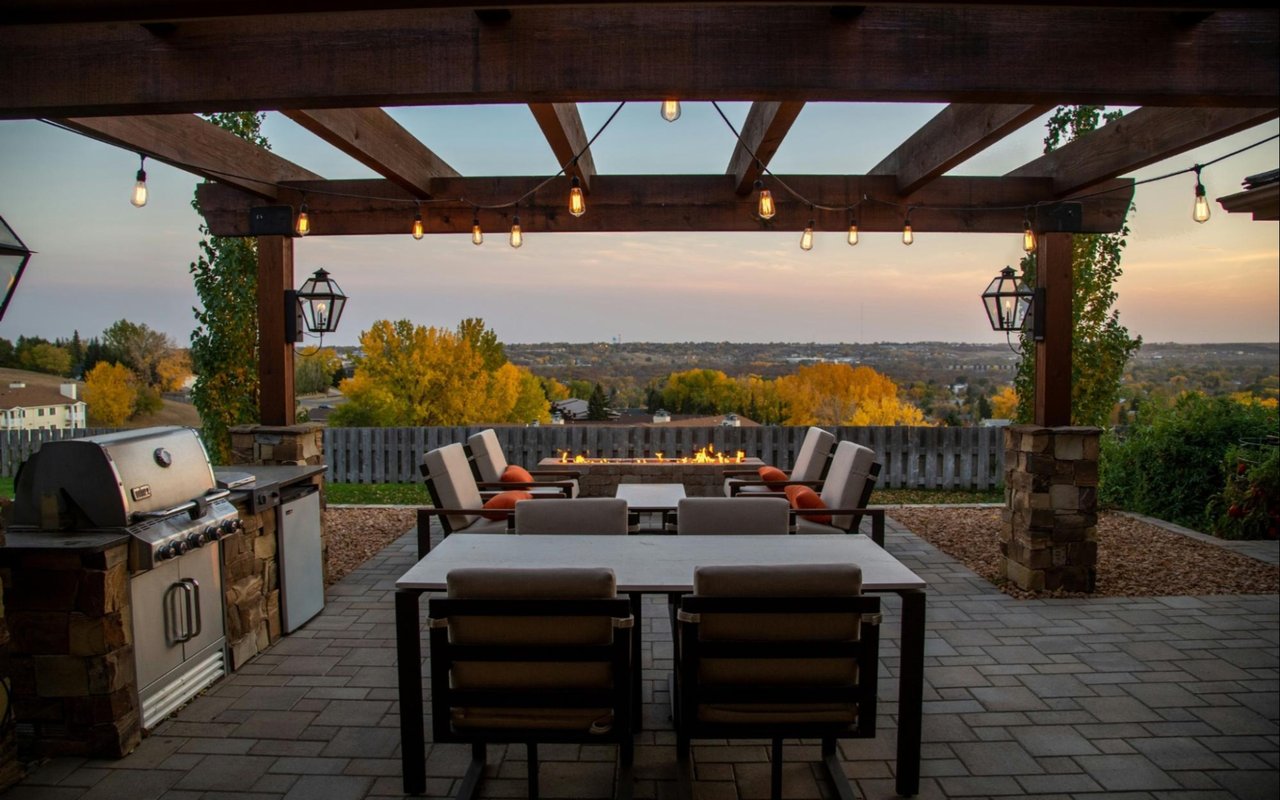The blank canvas of a freshly painted wall holds infinite possibilities. You’re not alone if choosing the right color sometimes feels like peering into a kaleidoscope. This guide sheds light on the science behind color selection, empowering you to transform bare walls into vibrant extensions of your personality.
Start with the color wheel
Before diving into palettes, let's crack the code. Imagine a circular spectrum where primary colors (red, blue, yellow) stand sentinel, flanked by their secondary and tertiary brethren. Colors opposite each other are considered "complementary," creating striking contrasts when used together. Colors positioned adjacent offer harmonious blends. Understanding these relationships provides the foundation for your color exploration.
-
Reds and oranges, brimming with warmth and energy, ignite conversation and movement, perfect for dining rooms or playrooms where connection thrives.
-
Yellows and greens, like rays of sunshine, bring nature's cheer into your home, ideal for kitchens or children's bedrooms where optimism reigns.
-
Blues and purples, serenading with tranquility, promote focus and rest, making them ideal companions for bedrooms or home offices where peace is paramount.
Compose a symphony of color
But color is more than just aesthetics; it's also a psychological question. Colors have the power to evoke specific emotions and influence moods. Explore the psychology behind popular colors, from calming blues to energizing yellows, and understand how they can shape the atmosphere of a room.
Consider the following tips when putting together a color scheme:
Monochromatic harmony: Explore the elegance of monochromatic color schemes, where varying shades of a single color create a harmonious and sophisticated look. Learn how to use this approach to achieve a seamless and visually pleasing effect.
Complementary contrasts: Delight in the dynamic interplay of complementary colors, where hues opposite each other on the color wheel create a vibrant, attention-grabbing atmosphere. Understand how to balance these bold combinations for maximum impact.
Analogous aesthetics: Embrace the subtle beauty of similar color schemes, where colors adjacent to each other on the color wheel provide a cohesive and calming feel. Uncover the secrets of using analogous tones to create a unified and visually appealing space.
The 60-30-10 rule
Remember, how to choose colors for a room isn't just about personal preference; it's about achieving balance. Think of the 60-30-10 rule as your conductor:
-
60% is your dominant color, the foundation of your visual melody. Choose a neutral tone like beige, gray, or a lighter version of your chosen family, setting the overall mood.
-
30% is your secondary color, adding depth and character. Opt for a bolder shade complementary or harmonious to your dominant hue, using it on accent walls, furniture, or large décor pieces.
-
10% is your accent color, the playful exclamation point of your palette. Introduce vibrant accessories, throw pillows, or artwork in this hue to personalize the space.
The role of neutrals: Elevating elegance and flexibility
-
Neutral foundations: Explore the timeless elegance of neutral colors as a foundation for various rooms. Discover the versatility of whites, grays, and beiges in creating a sophisticated backdrop for diverse design styles.
-
Adding pops of color: Learn the art of infusing pops of color into neutral spaces. Whether through vibrant furniture, accessories, or accent walls, understand how to incorporate bold hues without overwhelming the room.
-
Account for lighting: Don't forget the spotlight! Natural and artificial lighting dramatically impact color perception. Consider north-facing rooms, where you might choose warmer tones like beige or yellow to counteract the cooler light, or south-facing spaces, where cooler tones like blues or greens can balance the natural warmth (and remember, task lighting with adjustable temperatures allows you to adapt the mood for reading, cooking, or any other activity that graces your stage).
Putting theory into practice
Before committing to gallons of paint, experiment! Grab some sample colors and let them sing on your walls, observing their tones under different lighting conditions. Utilize online color visualization tools to see how your chosen palette translates into real-world spaces, or browse magazines and Pinterest boards for inspiration, adapting them to your unique rhythm.
-
Sampling and Testing: Before committing to a color, sample and test it in the actual space. Understand how lighting conditions and room dimensions can influence the appearance of a color, ensuring it aligns with your vision.
-
Consider the Trim and Accents: The color of trim and accents is crucial to the overall aesthetic. Learn how to choose complementary or contrasting tones for trim, doors, and accents to elevate the room's design.
-
Balance and Proportion: Achieve balance and proportion by considering the 60-30-10 rule. Understand how to distribute primary, secondary, and accent colors within a space to create a cohesive and visually appealing design.
Remember, how to choose colors for a room is an ongoing conversation. Feel free to mix and match, tweak your palette over time, and introduce unique accents that reflect your evolving personality and life. Let your walls become a dynamic canvas, ever-changing like the seasons, always a harmonious reflection of your inner symphony.
The final touch: Finishes and textures
The finish of a paint can significantly impact the room's aesthetics. Dive into the nuances of matte, satin, and gloss finishes, and understand how to choose the right one based on the room's function and desired visual effect. Explore the interplay of textures and patterns to enhance the overall design. From textured wall finishes to patterned textiles, discover how these elements complement your chosen color scheme and add depth to the room.
Consult The Agency Austin to achieve your real estate goals
When you're ready to create a masterpiece on a larger canvas, remember The Agency Austin. Our experienced agents are not only masters of design but also have access to a network of talented interior designers and color consultants.
Explore with The Agency Austin today to embark on your real estate journey with a team dedicated to turning your vision into a vibrant and welcoming reality. Your dream home is just a consultation away, and The Agency Austin is here to make it a reality.




